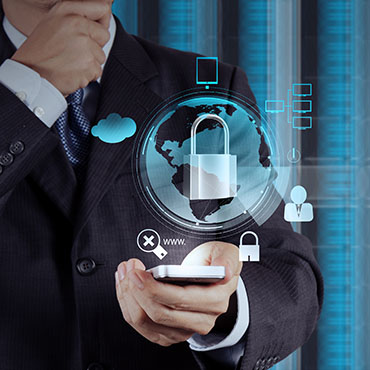Social Security takes a second crack at two-factor authentication

Almost a year after rolling back a mobile phone-based authentication plan for its public beneficiary services, the Social Security Administration unveils a new approach.

Users of the Social Security Administration’s online services will use cell phones or an email message to get a one-time code to access their My Social Security accounts under a new agency plan to strengthen access security.
The one-time code will be needed beginning on June 10 to register or log into My Social Security accounts, according to the agency’s notification on its website.
SSA said it already requires an email address to use the services. The new safeguard requires users to choose either a mobile phone number or an email address to receive the one-time, second-factor authentication code. The code must then be entered along with the individual's username and password in order to access an account.
Such two-factor authentication is increasingly common for commercial online services and can be significantly more secure than a password alone. “Using two ways to identify you when you log on will help better protect your account from unauthorized use and potential identity fraud,” said the agency.
SSA rolled out a policy last summer requiring My Social Security account holders to confirm their identities via a text-enabled mobile device. That plan, however, met with some complaints from lawmakers that it could limit access by retirees who didn’t have a cell phone. Sen. Jeff Merkley (D-Ore.) told SSA Commissioner Carolyn Colvin in a letter that studies indicated that just 35 percent of Americans over the age of 65 use text messaging.
The agency relaxed the requirement two weeks later.
Security expert Peter Krebs, in the May 17 issue of his security newsletter, questioned the value of the agency’s revised approach. Allowing users to reset their passwords with the same email account that will receive the one-time code “seems to lessen the value of this requirement as a security measure,” he said.
NEXT STORY: Senate Sites Are HTTPS By Default


